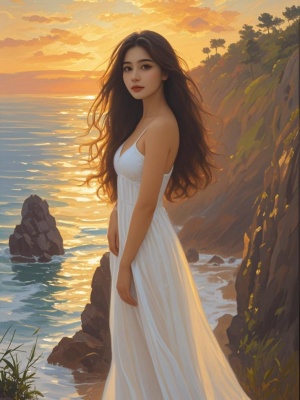The Captivating World of Modern Art Abstract Oil Paintings
Modern art abstract oil paintings represent one of the most dynamic and expressive forms of contemporary art. These works break free from traditional representation, instead using color, form, and texture to convey emotion and ideas. In this comprehensive guide, we'll explore the fascinating realm of abstract oil painting, its techniques, and its significance in today's art world.
The Evolution of Abstract Oil Painting
Abstract oil painting emerged in the early 20th century as artists sought new ways to express their inner visions. Pioneers like Wassily Kandinsky and Piet Mondrian paved the way for this revolutionary art form that continues to evolve today.
Key Historical Milestones
1910s: The birth of pure abstraction with Kandinsky's non-representational works
1940s-50s: The Abstract Expressionist movement in New York
1960s: Color Field painting and Minimalism
21st Century: Digital influences and mixed media approaches
Techniques in Modern Abstract Oil Painting
Contemporary artists employ various techniques to create stunning abstract oil paintings. These methods allow for incredible depth and texture that digital media often struggles to replicate.
Popular Techniques
Impasto: Thick application of paint creating textured surfaces
Glazing: Layering thin transparent coats for luminous effects
Palette knife work: Creating sharp edges and bold strokes
Pouring: Fluid paint application for organic patterns
For those interested in exploring these techniques further, our AI Painting Guide offers valuable insights into both traditional and digital approaches.
The Emotional Power of Abstract Oil Paintings
Abstract oil paintings possess a unique ability to evoke emotions without relying on recognizable imagery. The combination of rich oil pigments and abstract forms creates a visceral experience for viewers.
Psychological Impact
Research from the Tate Modern shows that abstract art activates different areas of the brain compared to representational works. The ambiguity allows for personal interpretation, making each viewing experience unique.
Collecting Modern Abstract Oil Paintings
Building a collection of abstract oil paintings requires knowledge and discernment. Consider these factors when acquiring pieces:
Artist's reputation and exhibition history
Quality of materials and craftsmanship
Emotional resonance with the work
Investment potential and market trends
Our gallery features a curated selection of abstract works that demonstrate these qualities.
The Future of Abstract Oil Painting
As technology advances, abstract oil painting continues to evolve. Many contemporary artists now blend traditional techniques with digital tools, creating hybrid works that push boundaries.

According to a recent study by the Museum of Modern Art, abstract painting remains one of the most collected art forms globally, with growing interest from younger collectors.
Conclusion
Modern art abstract oil paintings represent a vibrant and evolving art form that continues to captivate audiences worldwide. From their historical roots to contemporary innovations, these works offer endless possibilities for expression and interpretation. Whether you're an artist, collector, or simply an admirer of beautiful works, the world of abstract oil painting invites exploration and discovery.
For those inspired to create their own abstract works, our AI Art Guide provides helpful resources for both traditional and digital art creation.